What to do if tomatoes are fattening in a greenhouse?
A charming tomato bush with a strong, plump stem, lush lush green foliage, but no flowers, no ovaries ... There are no pests or diseases, and the upper leaves are twisted. These signs indicate that tomatoes are fattening (this happens quite often in the greenhouse). What are the reasons and how to get rid of the misfortune?
Why do tomatoes fatten?
Abundant, dense tops of tomatoes are a consequence of "overeating". As a rule, the phenomenon is accompanied by impaired development of the root system. Instead of going deeper, it expands in the near-surface layer of the soil. This can happen in open beds or in greenhouses. The main reasons are overfeeding of seedlings, generous watering.
For greenhouse tomatoes, there is an additional motive - high humidity, combined with a lack of light. The latter factor has a significant effect if typically southern varieties are grown in a greenhouse at temperate latitudes.
Too dense planting of seedlings, untimely removal of stepchildren and lower leaves also induce the culture to increase the green mass.
The organic-rich soil of greenhouse beds from the heart feeds tomatoes with nitrogen. An excess of this substance just promotes the growth of foliage and lateral shoots, but not in any way the formation of a flower brush. Even if seedlings are planted rarely enough, fattening is inevitable.
For this reason, when preparing the soil for tomatoes, organic matter is introduced in strictly recommended quantities. It is better to add nitrogen to them later, if necessary.
Agricultural technology provides for extremely sparse watering or its complete absence in the first two weeks after planting seedlings. This is necessary for the roots of plants to go deep in search of moisture and thereby create conditions for flowering and fruit setting. Abundant watering relieves them of this need, and many roots are formed, located near the soil surface. Tomatoes are not "puzzled" by procreation and happily grow tops and lose their resistance to diseases and pests.
Tomatoes grown from purchased seedlings are often fattened. It is important for the seller that it has a presentation, and the consequences are indifferent to him. It is almost impossible to help such plants, therefore, it is better to purchase seedlings ready for planting from trusted suppliers.
How to deal with fat gain?
To prevent fattening, watering is carried out strictly according to the schedule with mandatory ventilation of the greenhouse.
If it is difficult to solve the problem with a lack of light for technical reasons, they resort to removing part of the leaves. First of all, pinch off those that directly shade the flower brushes. But it is extremely undesirable to remove all interfering leaves at the same time: severe stress can simply destroy the plant. The procedure is carried out intermittently, removing one leafy branch from the bush every 2-3 days.
Potassium-rich wood ash introduced into the soil reduces the likelihood of fattening tomatoes in the greenhouse and in the open field. When burning grass, potato tops, oak or birch firewood (branches, leaves) just get a substance with a high content of the required element.
If the tomatoes still grow fat, they begin to solve the problem comprehensively.
- Pause watering for 10 days. For this period, strict constant control over the thermal regime of the greenhouse is established: the daytime temperature is maintained at 25-27 ° С, the nighttime temperature is approximately + 23 ° С.
- Airing the greenhouse for this period is stopped if it is not required to maintain the temperature.
- Fertilizers containing nitrogen even in trace amounts are excluded from the diet of overweight plants.
- When feeding tomatoes, the emphasis is placed on potassium and magnesium-containing complexes.
- The plantings are sprayed with a superphosphate solution - 3 tbsp. l. fertilizers for 12 liters of water. The effect of feeding will not slow down to affect, but the effect is short-term. The best time to process is from 7:00 pm to 9:00 am.
- The above solution is applied at the root - 1 liter for each bush. Phosphorus inhibits the growth of tops, but it helps the formation of flower clusters and the setting of tomatoes.
- Pollination of existing flowers is carried out forcibly, shaking each bush. It is advisable to reduce the number of possible ovaries by about a third.
- Leaves growing below the first brush and part of the upper ones are removed.
Optimal feeding for the recovery period:
- wood ash with a high potassium content;
- potassium salts - nitrate, monophosphate or chloride;
- magnesium salts - sulfate or monophosphate.
When choosing a variety for greenhouse cultivation, pay attention to the manufacturer's recommendations - is the variety intended for cultivation in greenhouses or not. They also take into account that stunted ones are least prone to fattening. determinants and tomatoes forming a short brush.
Often, summer residents, after spraying, remove almost all the upper twisted leaves and leave a couple of strong stepsons. Shoots begin normal growth and development. With a well-functioning irrigation and fertilizing schedule, such shoots are capable of forming fruitful clusters and producing a crop.
In some regions of Central Russia, if the tomatoes are fat, they use a very original technique: a log of wood is split into thin splinters, a longitudinal cut is made in the stems of fattening tomatoes, where a sliver is inserted. Dry wood takes on some of the liquid rising up the stem, freeing the plant of excess nutrients. The additional stress received by the tomato stimulates it to procreate - the formation of a flower cluster.
What is shoot growth and how to deal with it?
Overgrowth is a form inherent in hybrid varieties, when new shoots appear from flower brushes, which also interfere with the full development of already formed ovaries. It occurs due to the same reasons as fattening.
Cope with the growth of unnecessary shoots as follows:
- The overgrown shoot is removed.
- Pinch the upper brush, leaving several large ovaries on it.
- Reduce watering.
- Unscheduled bushes are fed with potassium and phosphorus.
It is quite simple to cope with fattening tomatoes, but it is better not to allow it at all. No matter how much you want to give plants more organic matter, you need to remember that nitrogen is needed only in the initial stages of growth, and then it negatively affects the harvest. It is easier to follow the rules of agricultural technology right away than to correct mistakes later.


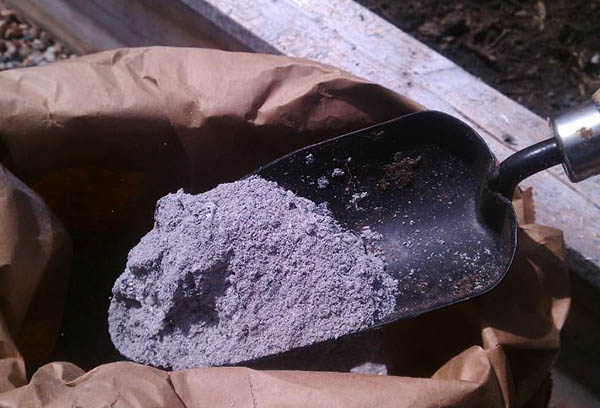
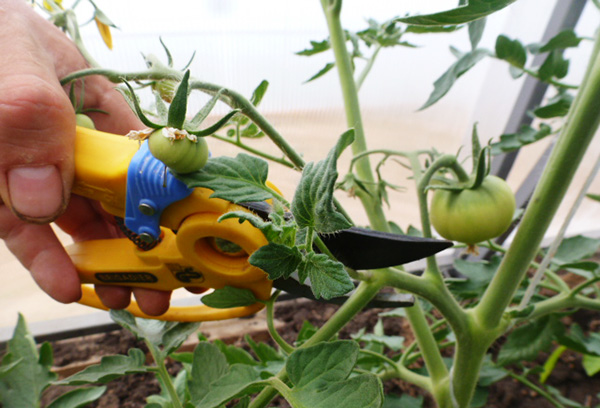

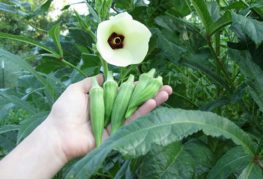
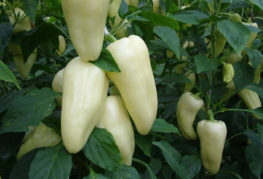

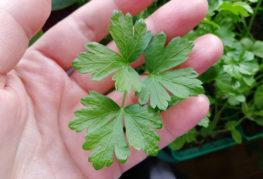

and will be published shortly.